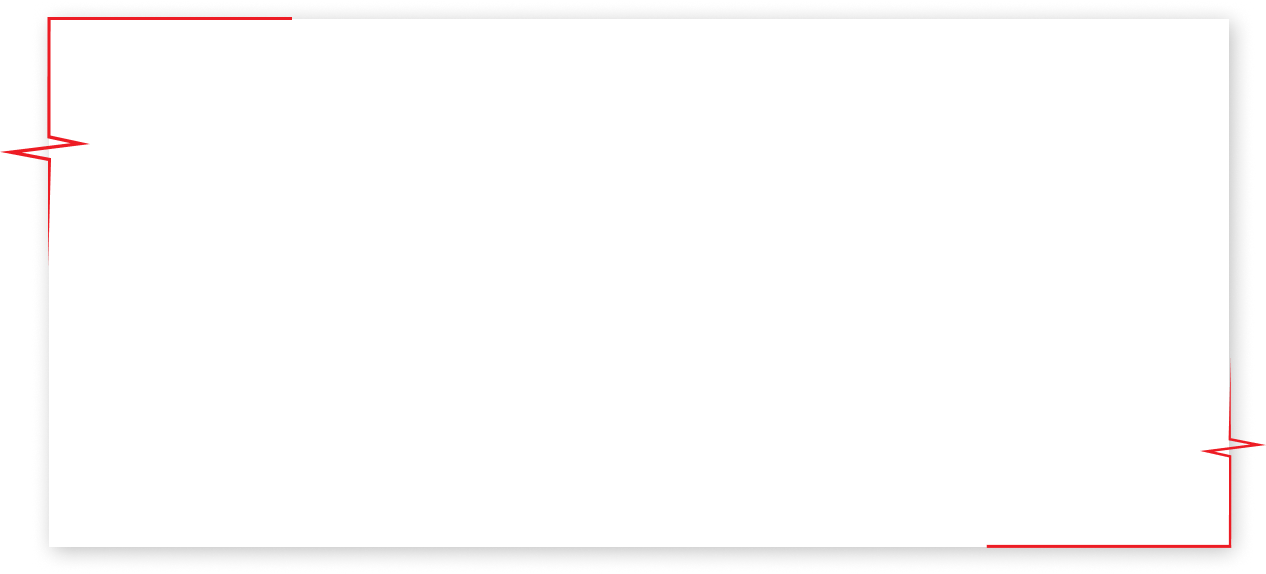Every year, World Heart Day is celebrated on the 29th of September. This day was first announced by the World Heart Federation to make people around the world aware of cardiovascular diseases and heart health. With the global campaign for World Health Day, we should aim to bring people together in the fight against Cardiovascular Diseases and encourage them to follow heart-healthy practices.
Acknowledge World Heart Day to create an international movement where people, families, communities, and governments take part in actions to take control of their own and others' heart health. The World Heart Federation is inspiring and guiding global action to promote heart-healthy living through this campaign, which unites individuals from all nations and backgrounds in the battle against the burden of CVD.
The availability of CVD therapy and support varies greatly throughout the world.
7 million people each year die from CVDs, with air pollution accounting for 25% of all fatalities. Each of us may make a unique contribution to a healthy planet.
The risk of heart attack might be increased by psychological stress. Our heart health is maximised when we refuse detrimental coping techniques, and undesirable behaviours brought on by stress.

The human heart is a versatile organ that serves our entire body. Despite being merely the size of a folded fist, the heart is what keeps our bodies going. Our heart consists of 4 chambers - the lower and upper atria (the upper chambers that receive the blood) and the upper and lower ventricles (the lower chambers that discharge blood). A wall of tissue that separates these chambers is called the septum, whereas the atria and ventricles are separated by valves. The heart also consists of layers of tissue, namely the myocardium, endocardium, pericardium, and epicardium.
When there is a buildup of plaque in the arterial walls, a condition called atherosclerosis develops in the body. Due to this, the arteries start becoming narrow, causing the heart to work harder to pump blood and formation of blood clots. This ultimately results in either a stroke or a heart attack. Other heart-related problems like arrhythmia and heart failure also fall under the group of cardiovascular diseases. The world's leading killer, cardiovascular disease (CVD), is responsible for roughly half of all fatalities from non-communicable diseases.Poor nutrition, inactivity, and smoking are regarded as the main causes of cardiovascular illnesses and are, therefore, controllable variables.
Know more

The World Heart Federation established World Heart Day to raise awareness of Cardiovascular Disease (CVD), which has been the leading cause of death across the world, killing 18.6 million people annually. It also highlights the steps that people may take to avoid and control CVD. It tries to motivate individuals to take action by informing them that at least 80% of preventable deaths from heart disease and stroke might be averted by reducing risk factors, including cigarette use, poor nutrition, and physical inactivity. To take care of your heart, you must try to maintain a healthy weight, eat a heart-healthy diet, exercise and limit your stress. You should also consume alcohol in moderation and quit smoking and also try to manage your stress levels.